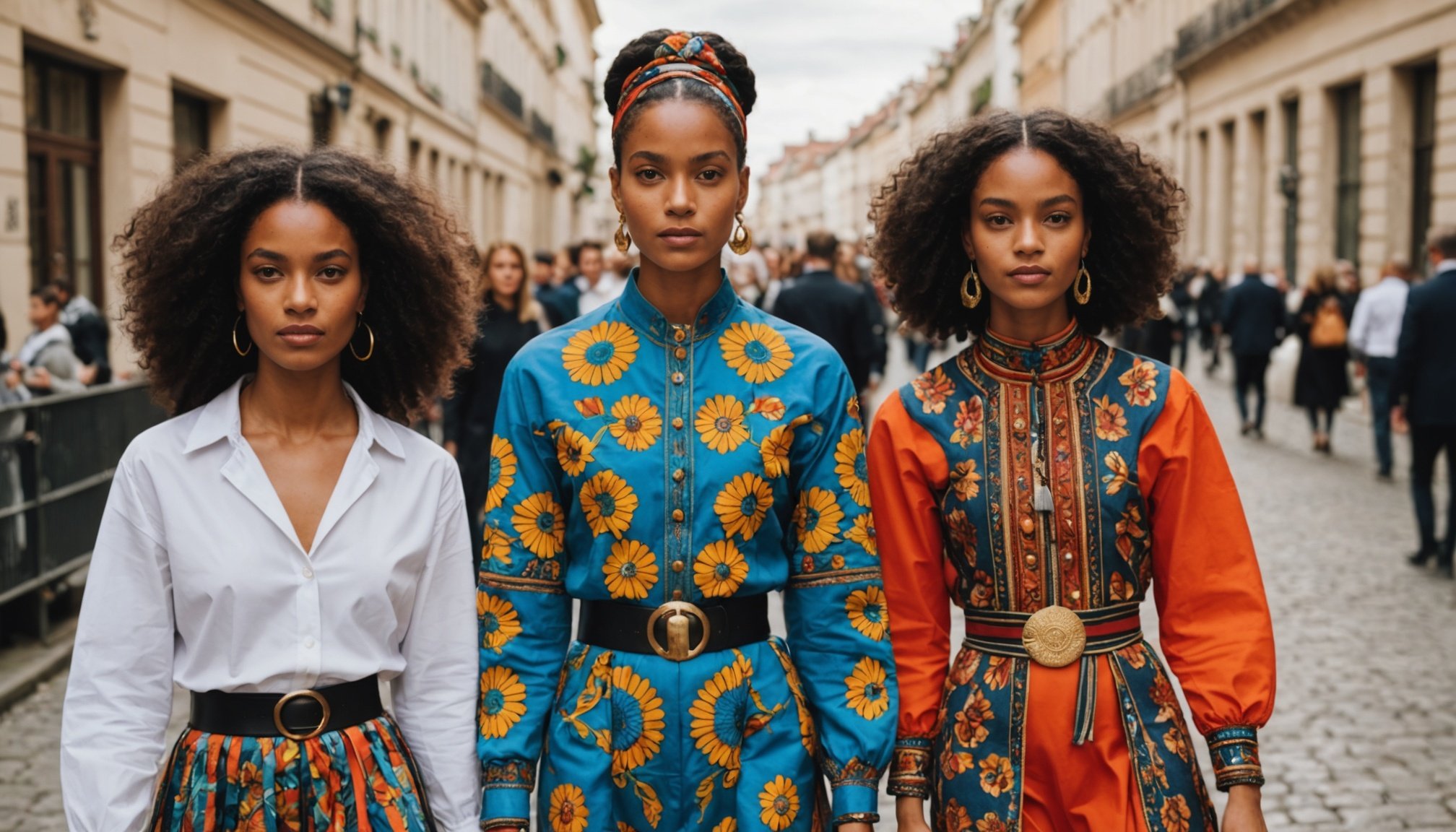Fashion is a vibrant tapestry woven from the threads of diverse cultures around the globe. Yet, as we delve into this realm, a question arises: how can we appreciate and incorporate styles from different cultures without succumbing to cultural appropriation? This article serves as a guide, offering insights into exploring fashion responsibly while respecting its rich origins.
Understanding Cultural Appropriation in Fashion
The term cultural appropriation has become a significant point of discussion in the fashion industry. At its core, it refers to the adoption of elements from a culture by individuals outside of that culture—often without permission or understanding. In fashion, this can manifest as the use of traditional clothing designs, patterns, or symbols without recognizing their cultural significance, which can lead to the erasure of the original culture‘s history and identity.
Also to read : Discover the Top 3 Strengthening Exercises to Boost Ankle Stability for High Heel Enthusiasts
Historically, the fashion industry has been criticized for its insensitivity towards African American and indigenous cultures. The misuse of traditional African patterns, ceremonial headdresses, or Native American motifs for aesthetic purposes illustrates this issue. By treating these cultural symbols as mere trends, the industry runs the risk of disrespecting the traditions and social significance they hold within their communities.
One notable example is the Smithsonian National Museum of African American History and Culture, which showcases the evolution of African American fashion as a form of resistance and expression. From the impact of slavery on clothing choices to the birth of African-inspired fashion brands, this institution underscores the importance of recognizing fashion’s role in shaping black history. By exploring such resources, you gain a deeper appreciation of the stories behind the garments, fostering a more respectful engagement with other cultures.
Topic to read : How can you incorporate statement jewelry into your outfits without overwhelming them?
Exploring Fashion Through Museums and Cultural Institutions
Museums offer a gateway into the cultural heritage of fashion, providing a socially responsible platform to understand its origins. Institutions like the Smithsonian play a pivotal role in preserving and showcasing fashion from various cultures, offering a historical context that enriches our understanding.
Visiting museums, whether in person or virtually, allows you to explore traditional clothing and accessories from numerous cultures. Exhibits often highlight the craftsmanship and storytelling behind these items, emphasizing their cultural significance. For instance, the National Museum of American History regularly features exhibitions that delve into the fashion of different eras, illustrating how clothing choices reflect broader social traditions.
Such explorations encourage you to appreciate fashion as a form of cultural expression, rather than a commodity to be consumed without thought. By engaging with these narratives, you foster a deeper respect for the communities that originated these styles, recognizing the rich history embedded within each thread.
Responsible Fashion Choices and Supporting Authentic Designers
Navigating the fine line between appreciation and appropriation requires thoughtful engagement with the fashion industry. As consumers, it’s crucial to make informed choices, supporting designers and brands that honor the origins of the styles they draw from.
Seek out authentic designers who are part of the culture they represent, or who work closely with cultural bearers to ensure their designs are respectful and authentic. These designers often prioritize sustainable practices, using fashion as a platform to uplift their communities and preserve their cultural traditions.
Consider brands that collaborate directly with artisans from the cultures they draw inspiration from. By doing so, they not only ensure the authenticity of their products but also contribute financially to the communities, providing a platform for cultural exchange that respects and celebrates the heritage of the original makers.
Engaging with fashion this way transforms it into a socially conscious act, where each purchase supports the preservation and celebration of diverse cultures. This approach not only enriches your wardrobe but also ensures that the stories and traditions behind each piece remain vibrant and respected.
Creating a Respectful Fashion Dialogue
Fostering a respectful dialogue around fashion involves open-mindedness and a willingness to listen to voices from diverse cultural backgrounds. Engaging in conversations about the impacts of cultural appropriation and the importance of cultural sensitivity can lead to a more inclusive fashion landscape.
Engage with social media platforms and online forums where these discussions are taking place. These spaces often highlight the perspectives of individuals from marginalized communities, providing firsthand insights into how appropriation affects them. By actively participating or simply listening, you can broaden your understanding and adjust your fashion choices accordingly.
Educate yourselves continuously about the history and traditions of the cultures you admire. Reading books, attending lectures, and following thought leaders in the field of cultural studies can deepen your appreciation and ability to engage with fashion more respectfully.
By adopting these practices, we contribute to a fashion industry that values diversity and authenticity, ensuring that the beauty of cultural expression is not lost to commercial interests.
Exploring fashion from different cultures presents an opportunity to celebrate diversity and creativity. However, it is crucial to approach it with respect and understanding, recognizing the cultural significance and history behind the styles. By engaging with cultural institutions, supporting authentic designers, and fostering an informed dialogue, you can ensure that your fashion choices contribute to a more inclusive and respectful landscape. Fashion, when approached thoughtfully, becomes a powerful tool for cultural appreciation and understanding, enriching both the wearer and the world around them.











